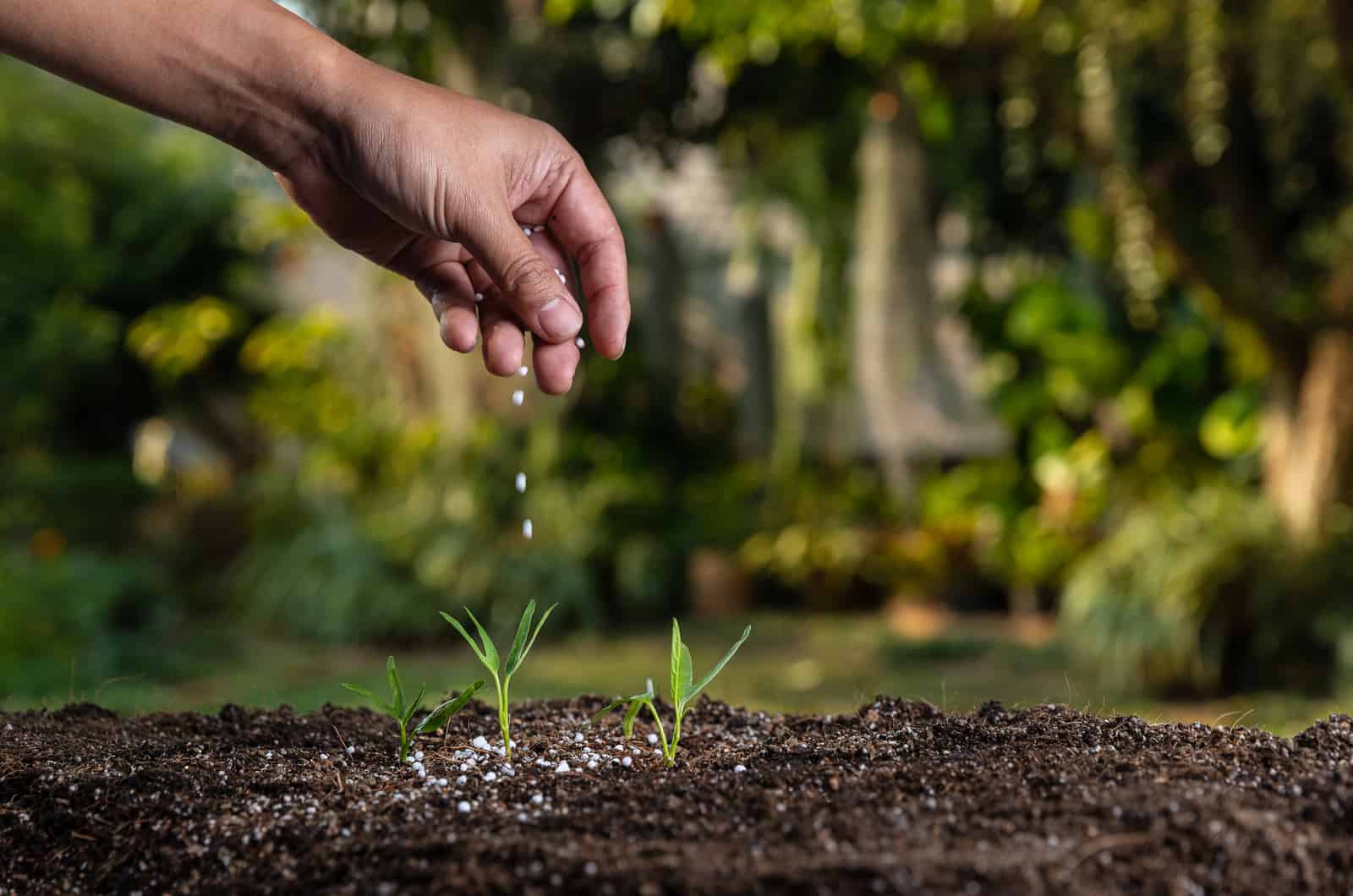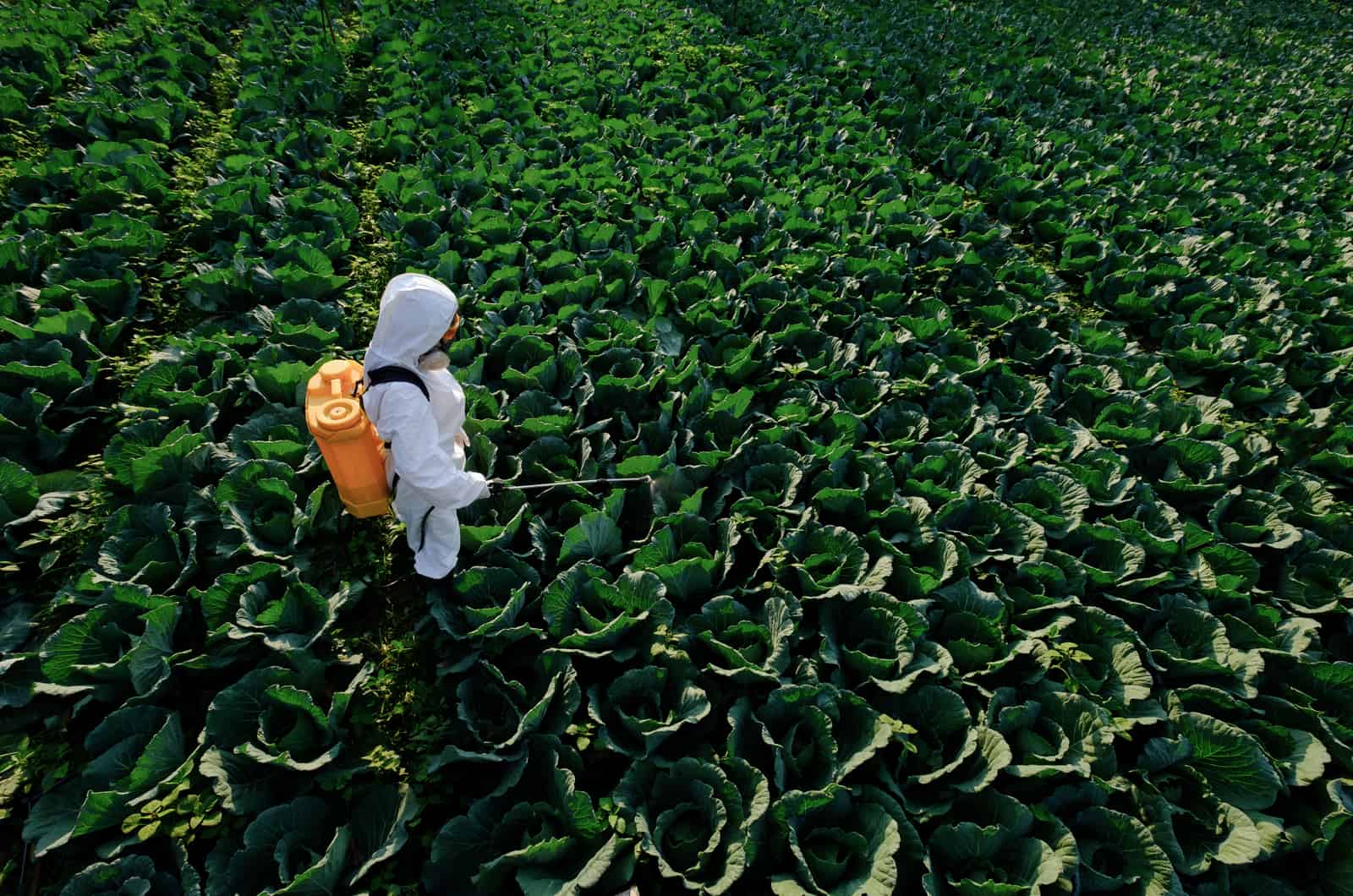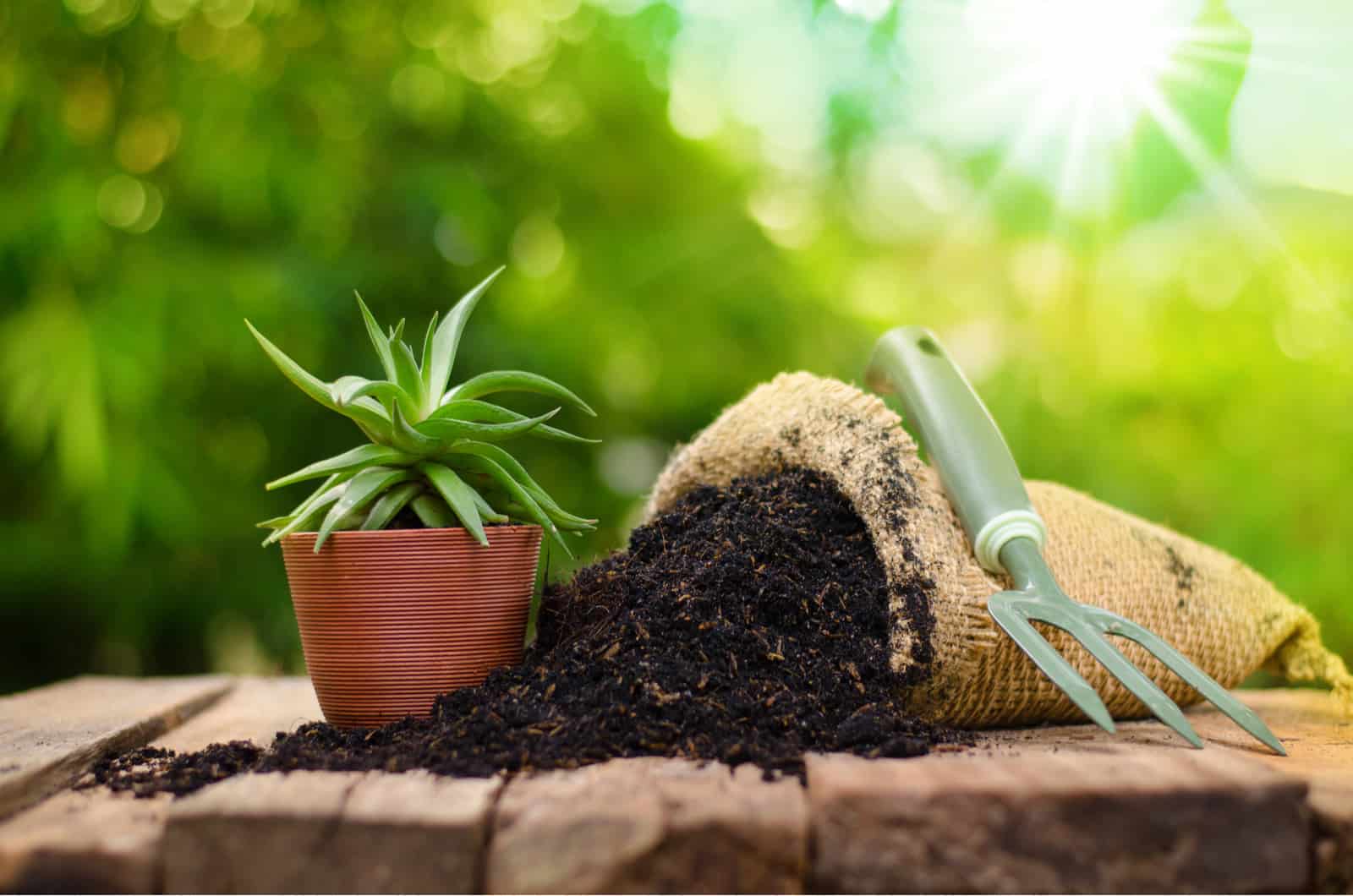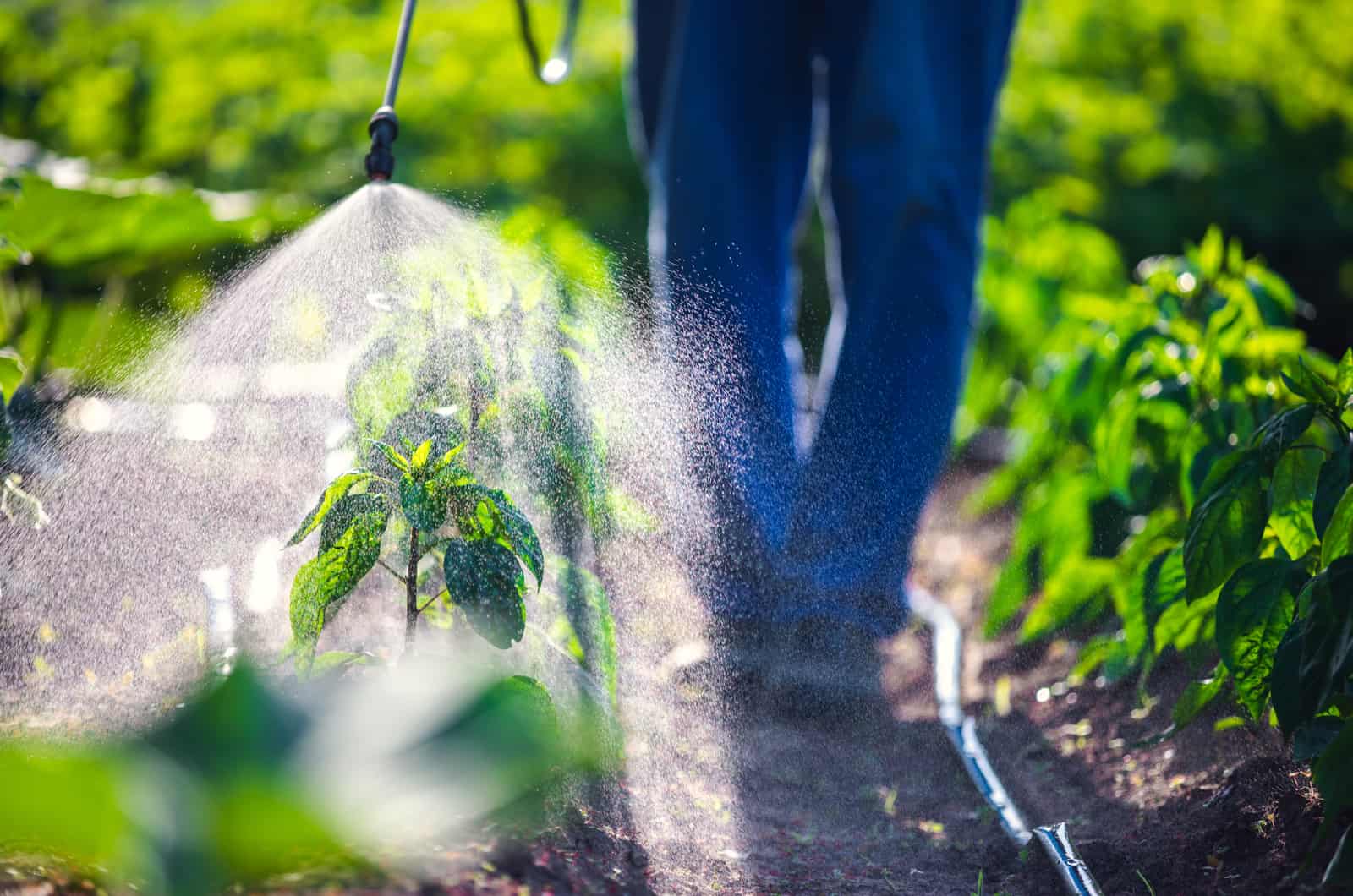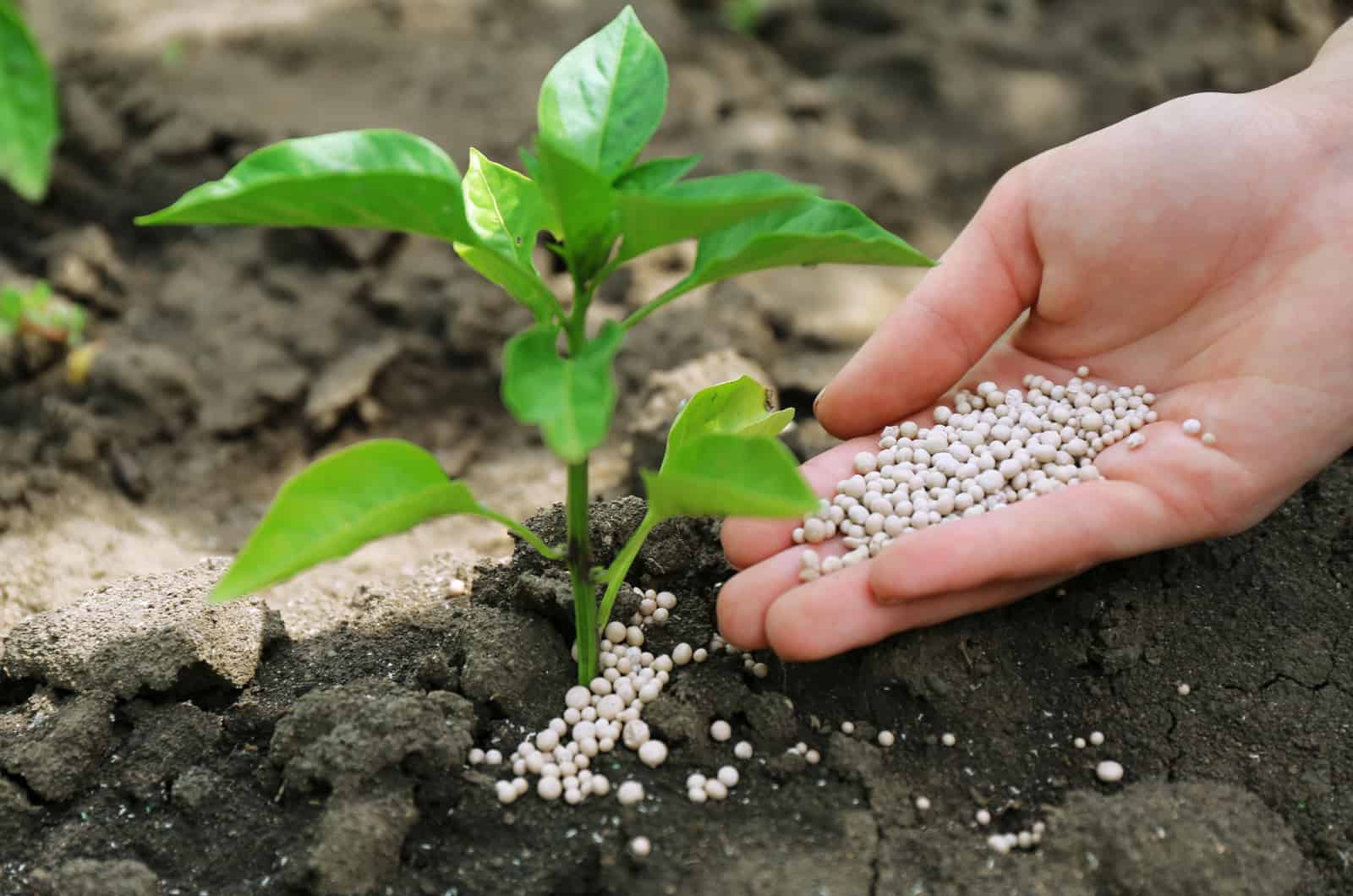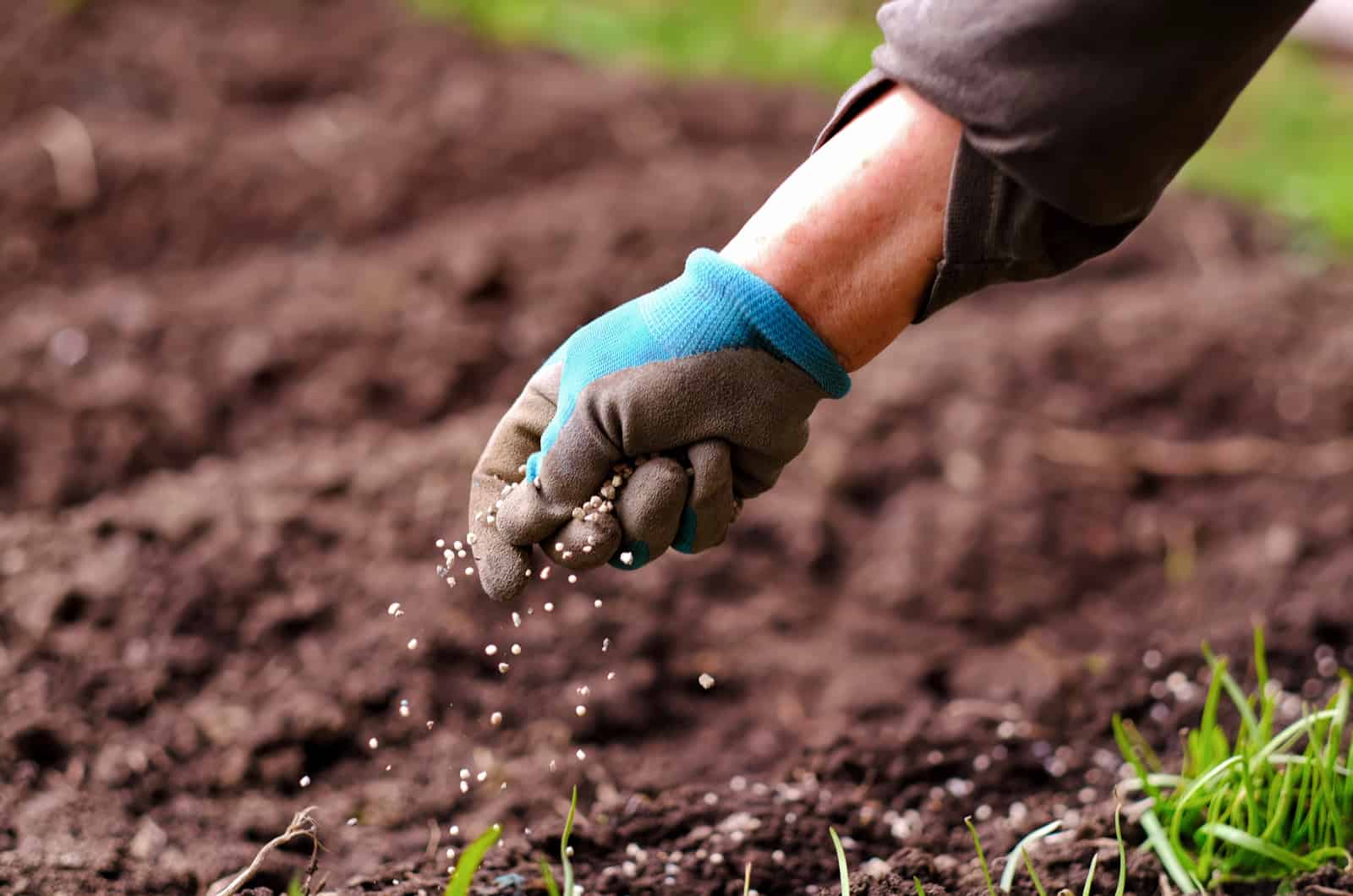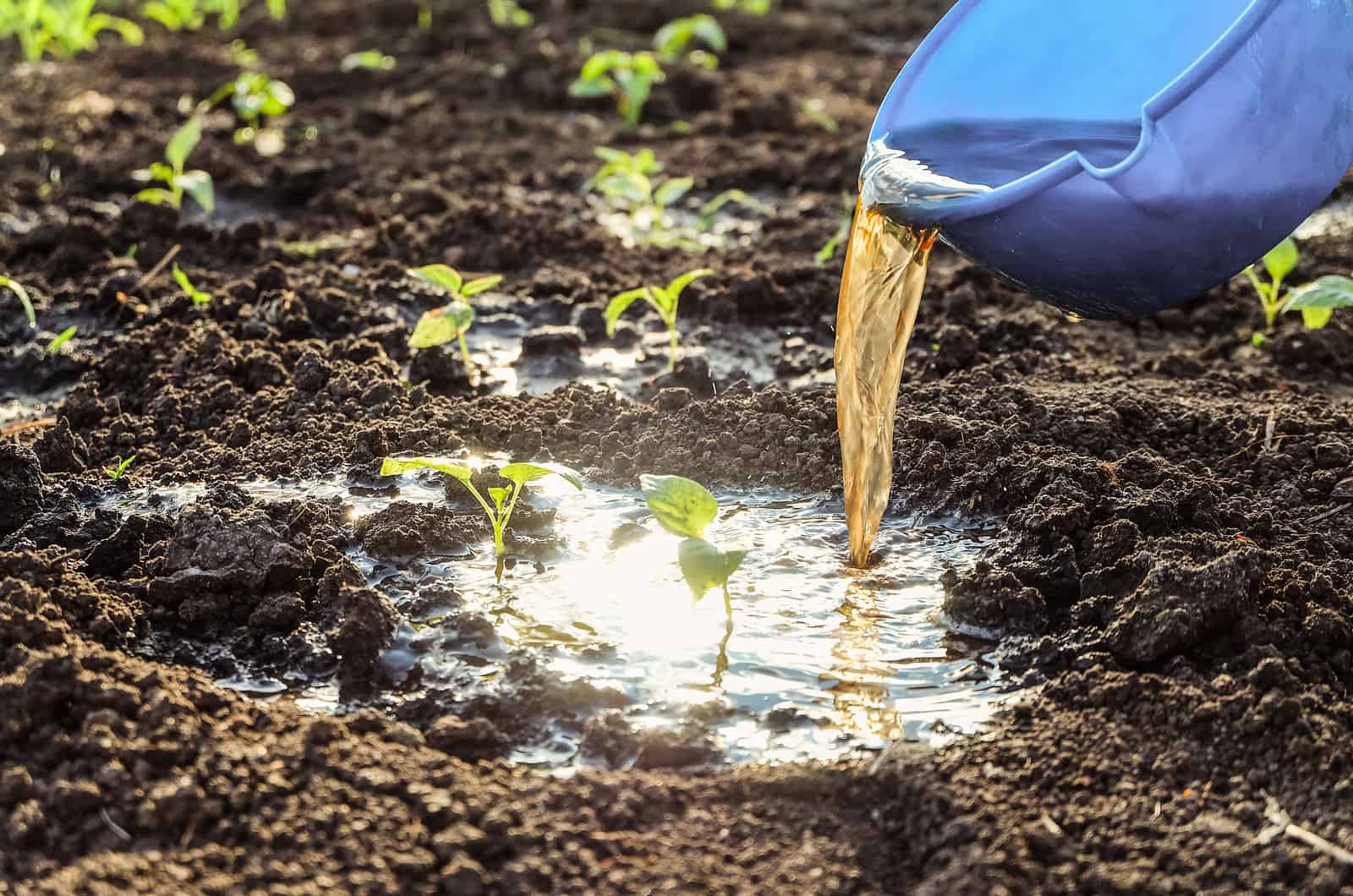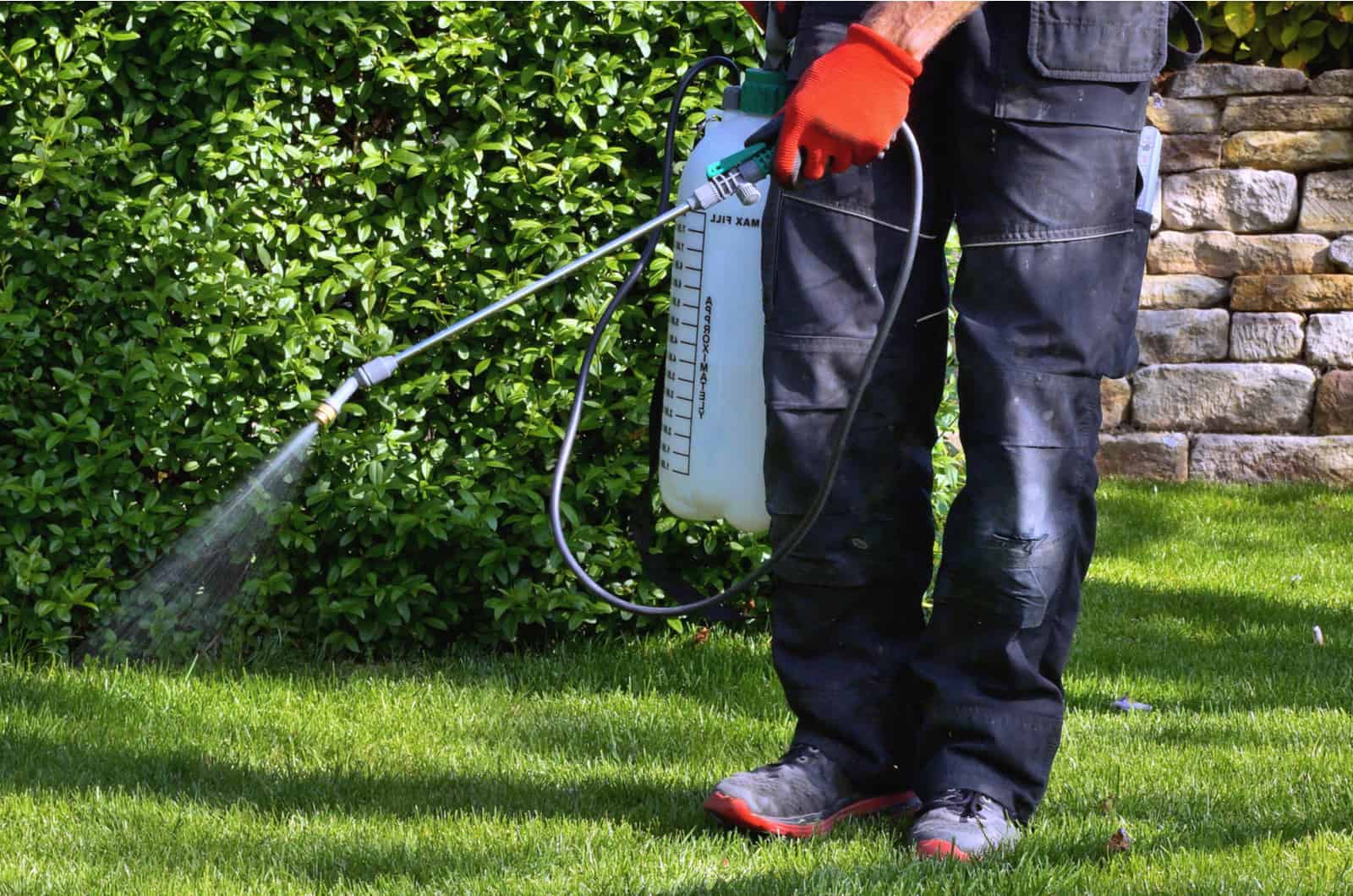When you listen to growers talking about plants, you’ll hear the word fertilizer so often you’ll start to wonder what the big deal is!
When you first begin to grow plants, it’s common to think of water, soil, or light, but you rarely think of feeding. However, you should know that fertilization is essential for plant growth!
If you are an experienced plant grower, you’re probably interested in the types and quality of each fertilizer.
That’s why I decided to write this article about 17 17 17 fertilizer. I will tell you when, where, and how to use it.
If you want to give your plants a healthy boost, I recommend using 17 17 17 fertilizer.
Let’s learn everything about it!
What Is 17 17 17 fertilizer?
In short, 17 17 17 is a balanced fertilizer (potash) used for many plants, grasses, and shrubs.
This type of fertilizer contains minerals in a balanced npk ratio just like triple 14 fertilizer.
Before I tell you anything else, let’s discuss the term npk. Fertilizers are made of specific percentages of the three primary nutrients: nitrogen (N), phosphorus (P), and potassium (K).
Here’s a video:
So, 17 17 17 is actually the percentage of each mineral present in this fertilizer.
Therefore, 17 17 17 contains 17% nitrogen (min total nitrogen), 17% phosphorus, and 17% potassium. The remaining 49% depends on the brand. Manufacturers add nutrients and other minerals or salts like phosphate to 17 17 17 fertilizer (each brand has its own ‘recipe’).
There are other similar fertilizers, like fertilizer with npk 15 15 15, but if you need slightly higher mineral concentrations, use triple 17.
Before you decide to use this type of fertilizer, I suggest performing a soil test.
A soil test is essential for growing any plant as it’s the only way to know exactly which mineral needs higher or lower percentages. In other words, the soil test is used to measure the pH to determine if the soil has a nutrient deficiency.
For example, if the test shows extreme nitrogen deficiency, apply urea fertilizer (46 0 0 npk ratio).
The great thing about 17 17 17 fertilizer is that it can be combined with other organic fertilizers.
What Are The Benefits Of 17 17 17?
To understand the benefits of triple 17 all-purpose fertilizer, you have to know the benefits of each mineral. After that, it will be clear why they are combined and why it’s good to use this npk ratio.
Nitrogen
Nitrogen is a gas, but it is bonded with other chemicals that improve the absorption of nutritional values of nitrogen. It is actually a part of a plant’s DNA.
Here are the two main benefits of nitrogen.
1. Plants can’t perform photosynthesis without chlorophyll, and chlorophyll contains nitrogen, which means plants can’t live without this mineral.
2. Plant proteins and compounds contain nitrogen, which helps them produce energy.
Phosphorous
Phosphorous helps plant cells divide, which is when the tip of our plant develops.
If you live in a colder climate, phosphorus will help your plant survive the harsh winter.
Plants use this mineral when they are in the flowering stage of their life cycle.
This means that phosphorus deficiency results in stunted growth.
Potassium
Potassium promotes photosynthesis, which makes it an essential mineral for plants.
Plants will grow faster and develop stronger stems when the soil has enough potassium.
If you want a better harvest, you should use 17 17 17 because of its higher concentration of potassium essential for producing healthy crops.
How To Apply Triple 17
Once your soil test has concluded that the soil needs balanced fertilizer, it’s time to apply 17 17 17.
However, if your plant lacks some nutrients, you can add other soil amendments like foliar fertilizers alongside the triple 17 fertilizer.
There are two methods to apply this fertilizer to the soil.
The first method includes using granular fertilizer (triple 17) and water. The amount of water you should add is written on the packaging (product specifications). Mix 17 17 17 with water, fill a spray bottle with the mixture, and spray the soil. If the plants you want to fertilize are in raised beds or containers, use a garden hose to apply the triple 17.
The second method involves using triple 17 in crystal form.
You can add slow-release crystals in two ways:
1. Add crystals to the surrounding topsoil of the plant.
2. Mix crystals with the soil before planting.
When adding triple 17 granules (compound fertilizers npk 17 17 17) to the soil, make sure you spread them evenly.
How Often Should I Fertilize My Lawn With NPK 17 17 17?
The frequency of application depends on the type of triple 17 fertilizer you intend to use.
If you use a water-soluble fertilizer, you can apply it during the growing season.
If you decide to apply slow-release crystals instead, bear in mind that you should only add this formula once or twice a year. This way, your plant will get all its nutrients and won’t suffer from overfertilization, which burns the plants.
The Best Time To Apply 17 17 17
It may seem unimportant, but the time of the day plays an essential role in fertilizer application.
How come? Because if you water the plant and add fertilizer immediately after, it won’t have an effect. It will actually burn the plant.
Many growers, including myself, recommend that plants be watered early in the morning. If you add fertilizer early in the morning, the danger of burning increases drastically.
Therefore, the best time to apply triple 17 fertilizer is in the early evening.
The water evaporates during the day and creates the perfect environment for fertilization.
If you apply 17 17 17 to wet grass, its blades will become sticky and the fertilizer won’t reach the soil. Then, when the full sun of noon arrives, the wet soil and fertilizer will combine with the sun to kill the plant.
Always apply fertilizer to dry grass so it reaches the soil and releases its nutrients.
Application Rate
It’s time to make some calculations. Don’t skip this part, even if you’re not a math lover!
The application rate depends on the fertilizer your plants or lawn need.
It’s a good idea to perform a soil test, but there are industry standards that will do just fine.
The general rule is to use 1lb of triple 17 per 1000 square feet (1 lb x 1000 sq ft= 1000lb), divided by the nitrogen concentration you need, in this case, 17%.
Now convert the nitrogen concentration from percentages to decimals: 0.17 for this type of fertilizer.
1000 / 0.17 = 5.8 lb.
Therefore, to supply 1000 sq ft, you’ll need 5.8 lb of 17 17 17 fertilizer.
So, if you have 4000 sq ft of lawn, divide the sq ft with 0.17 to get the amount of fertilizer you’ll need.
4000 sq ft / 0.17 = 23.5 lb
17 17 17 And Plants
17 17 17 is a must for commercial growers, but you can also use it in your garden to get great results.
As we mentioned before, triple 17 can be used for all different kinds of plants.
Adding balanced fertilizer to shrubs like hardy bushes, hedges, and flowering shrubs will do them wonders.
This fertilizer is also great if you grow any species of trees, including fruit trees. It will improve their growth rate.
Triple 17 is also beneficial for all types of turfgrass.
If you want to increase yields, apply 17 17 17 to your vegetable garden.
It has recently become popular to use triple 17 for tropical houseplants. It gives excellent results, but always remember to dilute the 17 17 17 to half strength if you decide to use it on tropical houseplants.
If you have flower beds, you can apply triple 17 to get larger blooms.
You can apply this fertilizer a few times during the growing season, depending on the plant.
Triple 17 fertilizer is great for lawns! It provides the turfgrass with all the nutrients it needs so your lawn can stay green all year round.
Price
The price of 17 17 17 depends on the brand and quantity.
Water-soluble fertilizers are easier to apply, but you may need to pay a little bit more if you decide on water-soluble 17 17 17 fertilizer.
You can expect to pay around $40 for 50lb of triple 17.
Safety Precautions
Fertilizers can burn plants if not dosed accordingly because they are made of chemicals.
Human hands and chemicals don’t get along, so you should pay great attention when handling fertilizer.
Here is a list of safety precautions so you can avoid any issues.
Let’s have a look!
• Dosage: If you add too much 17 17 17 or over fertilize, it will burn the plants, stunt their growth, and kill them very quickly. If you add too little triple 17 (light fertilization or under fertilization), your plant might suffer from discoloration, the roots will stop growing, and the plants will produce fewer flowers.
• Gloves: Wear gloves every time you fertilize, no matter what type of fertilizer you use. As nitrogen contains some toxic elements, your hands may be strongly affected by the chemicals.
• Storage: It’s essential to keep any fertilizer package away from young children and pets.
• Dry your hands: Water-soluble fertilizers activate immediately after you dissolve them. This means that you don’t want to activate it, even on your gloves.
• Safety glasses: If the fertilizer comes in contact with the skin, it causes burns, so imagine what would happen to your eyes! Always wear safety glasses.
• Don’t drink, eat, smoke, or chew when applying triple 17.
Wrapping Up
All plants need food to grow healthy and have a good growth rate. It’s essential to choose a fertilizer your plant actually needs as you don’t want to add unnecessary concentrations of minerals and cause damage.
17 17 17 is an all-purpose fertilizer with a balanced npk ratio, and it can be used on a variety of plants. It’s easy to apply, beneficial, and cheaper than most other fertilizers, so purchase some to give your plants everything they need.
Until next time!

